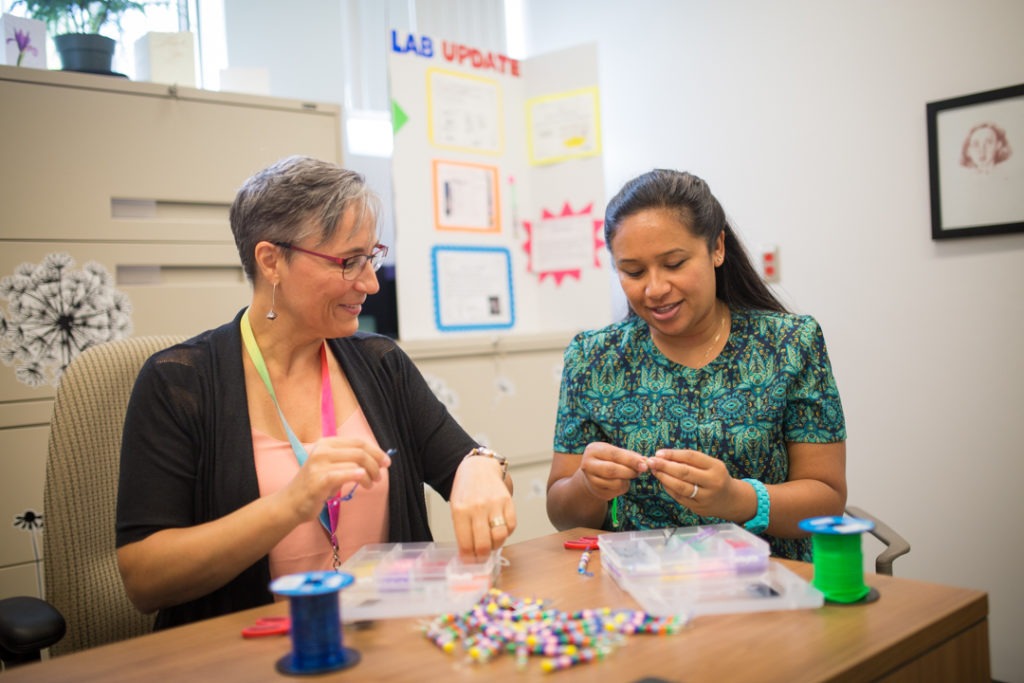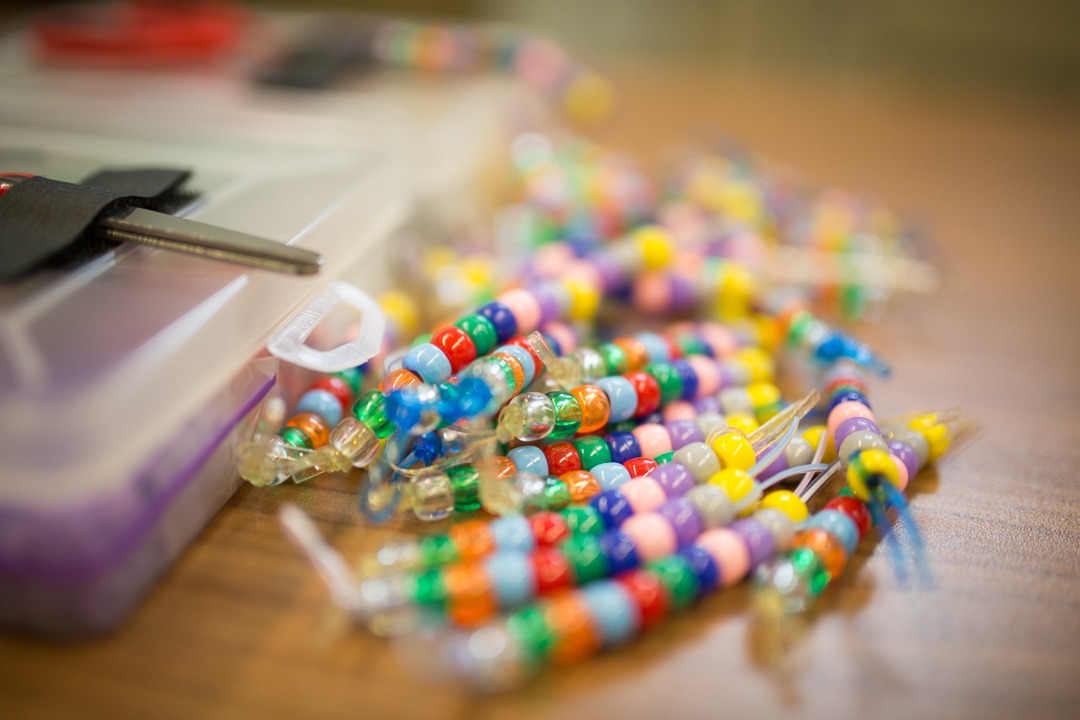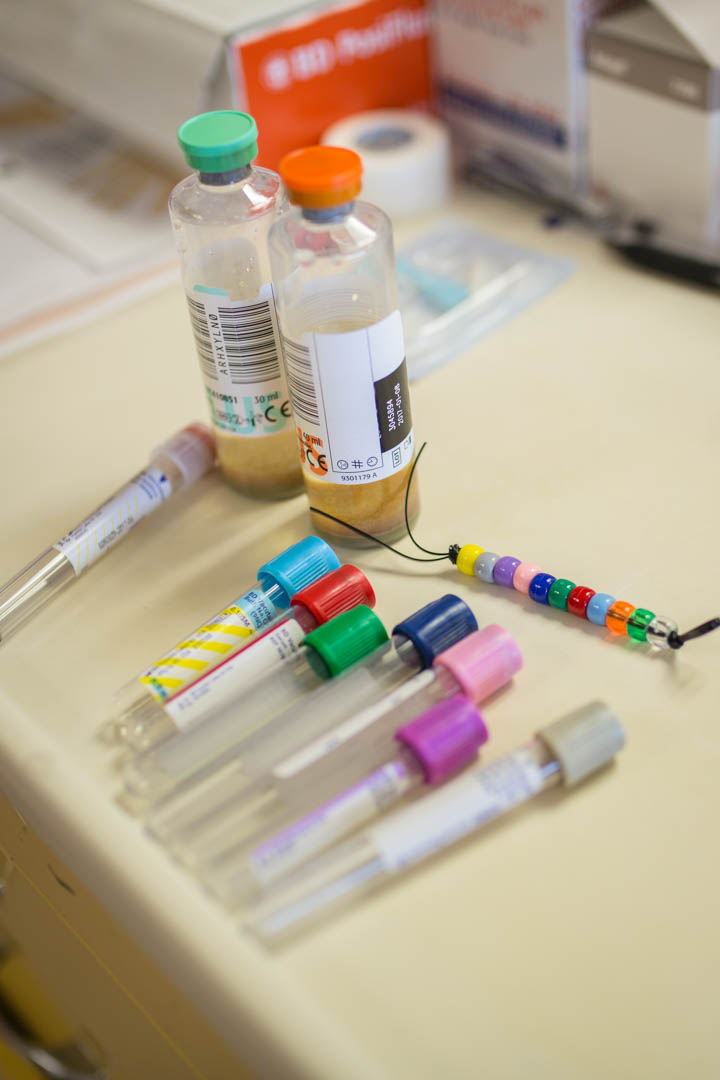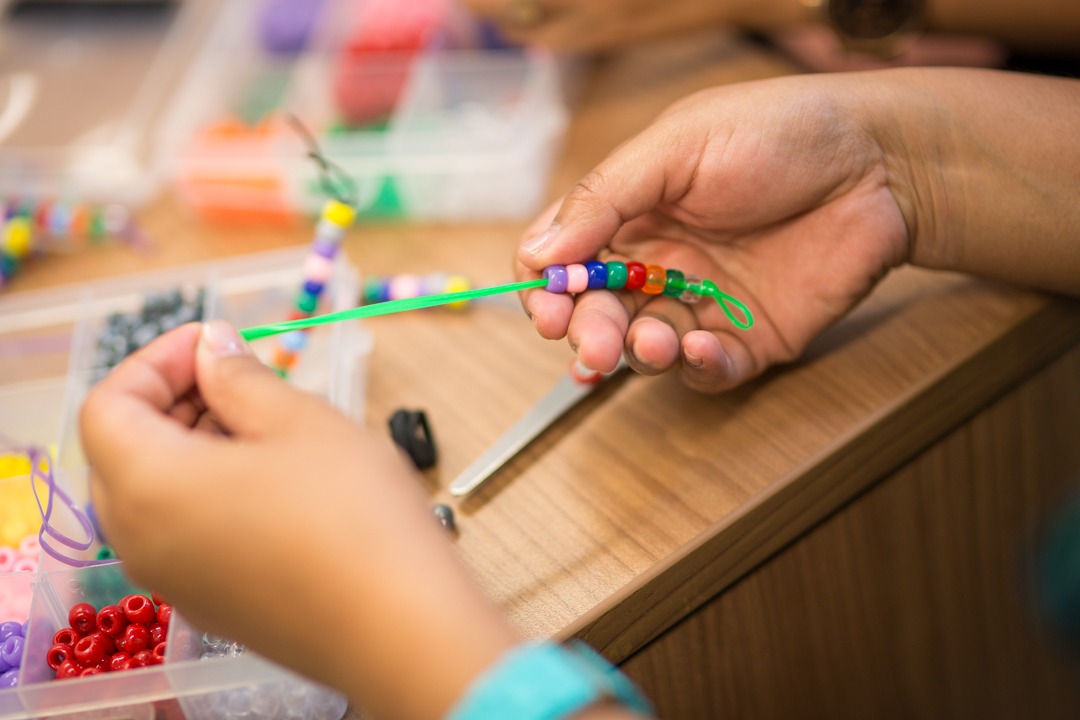
Crafting a solution to improve patient care
The importance of ‘order of draw’
In an average day, staff at Hamilton Health Sciences collects over 7500 blood samples. They’re analyzed to diagnose everything from infections in the blood to electrolyte abnormalities. To make sure the results of those tests are as exact as possible, a strict protocol has to be followed when they’re collected.
“In the lab, we know that the order of draw impacts laboratory results.”
It’s called ‘order of draw’. A nurse may draw more than 5 samples from a single patient in one sitting and those samples need to be collected in the right order to maximize the accuracy of their results. But it can be challenging to remember the specific order they should be collected in, especially when nurses are working on busy units with many patients to care for.
“In the lab, we know that the order of draw impacts laboratory results,” says Cheryl Main, a medical microbiologist in the Hamilton Regional Laboratory Medicine Program (HRLMP). “We sympathized with our nurses who already have too many things to remember.”
An incorrect order of draw makes samples more susceptible to error for a number of reasons. Certain blood tests are more affected by breakdown of red blood cells or clotting, which happens towards the end of a draw. That means the samples for those tests need to be taken first. The correct order of draw optimizes the integrity of the sample. It also decreases the chance that chemicals that might affect lab results are transferred from one tube to the next.
- breakdown of red blood cells
- clotting of the blood
- chemical transfer from one tube to the next
The search for a solution
Main and her colleague Allahna Elahie head up the Pre-Analytic Quality Management Group for the HRLMP. They were tasked with finding a way to improve correct order of draw rates at HHS. Instead of seeking out sophisticated software to increase compliance, they thought up a simpler solution. Beads.

They decided that a portable visual aid was the perfect way to remind care providers of the correct order of draw when they’re taking blood. They began crafting ‘order of draw charms’ to dangle from a nurse’s lanyard or ID badge. The beads on the charms match up to the colours of the tubes the blood is collected in. When a nurse is collecting multiple samples, they can reference the corresponding colours on their charm for a reminder.

“We decided to create the order of draw charms to assist our nursing staff in providing the best possible patient care,” says Main. “They are also a good way for the lab to show nurses that we want to help them, and we are all working together to optimize care.”
Correct order of draw is incredibly important because it can affect the accuracy of a patient’s lab results. If an error is identified in a sample, blood will have to be redrawn and it might take longer to make a diagnosis or decide on the best care path. There is also a possibility that incorrect results could be delivered without the lab even knowing.


A ‘charmed’ result
Aware of how important order of draw is to accurate results, Main, Elahie and their team rounded up support from Volunteer Resources to create nearly 4,000 charms. Over the past few months they have been distributing the charms to each unit at HHS so every nurse has one at hand when they are drawing blood.
The laboratory underwent an accreditation visit earlier this year and the assessors found that nurses were using the charms, and following the correct order of draw. They applauded this innovation and noted it as a strength of the program. Since that time, there has been an over all reduction in specimen collection errors. It is not clear if this is solely due to the charms, but the laboratory is optimistic about the improvement.
Their simple fix is proof that innovation doesn’t have to be high-tech. They’ve answered an important problem with a crafty solution.
